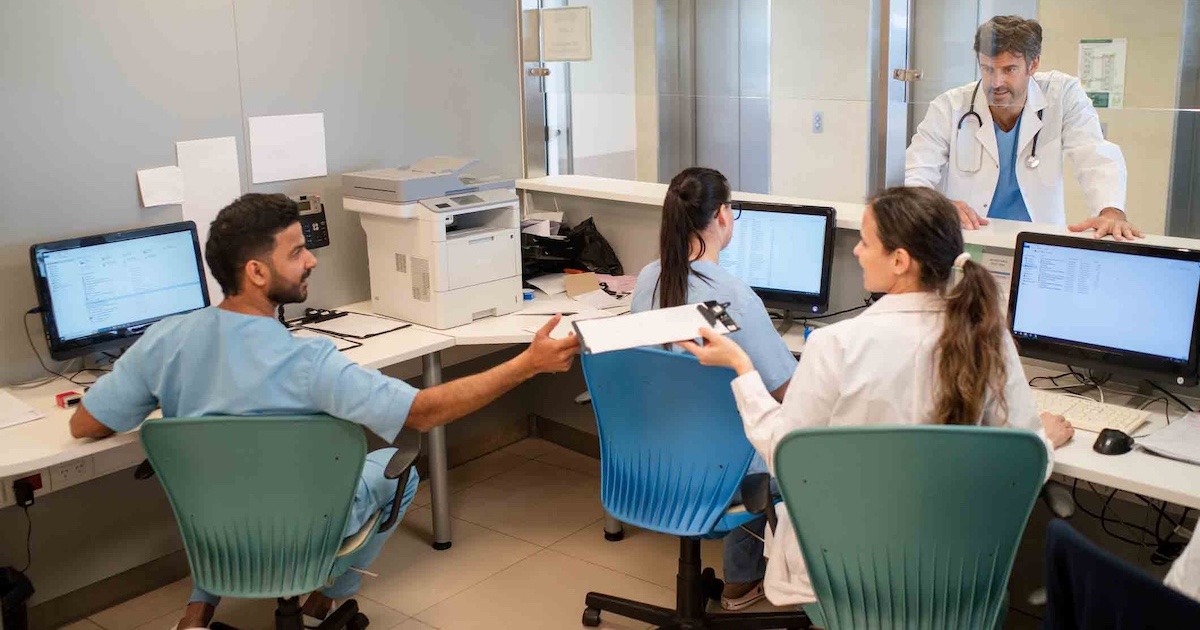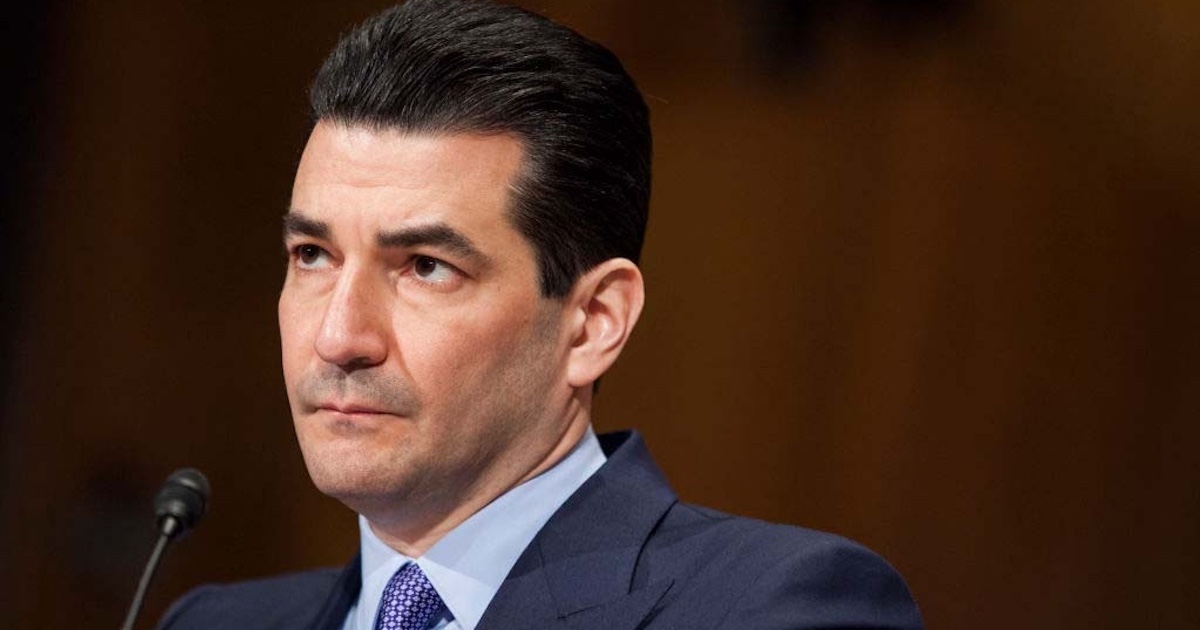Being consistently ranked one of the nation’s top hospitals is no easy task – especially in the innovation arena. But Naomi Fried, the hospital's chief innovation officer, and her Innovation Acceleration Program team are facing the challenge with four new mHealth applications aimed at further improving patient care, hospital communication and patient satisfaction.
Speaking at the Institute for Health Technology Transformation's Health IT Summit on May 7 in Boston, Fried explained how her team decided to tap into the inpatient setting, where there's been a "dearth" of mobile apps.
"Eighty percent of healthcare apps are for the consumer," she said, while the remaining 20 percent are mostly existing websites and clinical tools turned into mobile apps.
At the 395-bed Boston Children's, it's go big or go home. In less than two years — following the hospital's innovation lifecycle – Fried and her team developed three software solutions and four mHealth applications for patients and physicians alike.
The first mHealth app, dubbed BEAPPER (bidirectional electronic alert patient-centered provider encounter record), is a Twitter-like app that facilitates staff communication in the emergency department and allows patient test results to be pushed out to physicians via mobile device.
The hospital's ED is non-stop busy, Fried said. Some 150 new patients come through the ED doors each day, with more than 200 trainees and 100 full-time physicians rotating in and out. And not all care providers know each other.
"When we take care of patients, there's a lot of communication that we want to happen," said Debra Weiner, MD, an emergency medicine doctor at Boston Children's, in a video Fried shared with her Health IT Summit audience.
Physicians need to know when a patient's in a room, when his or her status changes and when results are back, to name but a few necessities.
"Not knowing when that information is available prolongs the amount of time that a patient is here," said Weiner.
Enter BEAPPER, which gives patient demographic data, patients' chief complaints, where they're located and which providers are taking care of those patients. "If using BEAPPER, we could save even just five minutes per patient, we could see an additional nearly 1,400 patients a year" without any additional resources, she said.
Fried pointed out that during BEAPPER's three-month pilot, the ED was able to push lab results to docs 28 percent faster than usual.
The second app, called MyWay, was designed to help patients and their families better navigate the hospital's 12 interconnected buildings, 1,500 rooms and 3 million square feet of real estate. "It's easy to get lost," said Fried. "And, as you can imagine, our patients and their families often do."
With MyWay, patients can download a virtual map of the hospital and access services throughout the hospital. For instance, if a patient needs to know where the social worker is located, he or she can find it through the app.
Patients and families can also look up physicians and their biographies, schedule appointments and even search for nearby restaurants.
Fried said the feedback for MyWay has been phenomenal, and more than 600 downloads have been logged to date.
The third application, MyPassport, was developed in response to a study from the hospital's diversity council which found that patients and families for whom English is not their native language had a difficult time understanding what was happening when their child was admitted to the hospital.
"We even heard a story of a family asking the cleaning staff for clinical information," said Fried. "Even for native English speakers, having a child admitted to a hospital and all the complex activities that happen there can be overwhelming."
The MyPassport mobile app allows patients to access real-time lab results, see photos of their care team with names and specific roles, and access data on what is required before the patient can be discharged.
Patients can also submit questions to their care team.
"Often patients have a question when there's no one in the room," said Fried, so the care team can respond via the app or in person.
She said the hospital is just finishing up the MyPassport pilot, and the positive feedback has been overwhelming.
The fourth app developed by Fried's team is aimed at helping rotating residents keep track of their patients and related tasks. Residents are "dropped into care teams and asked to take care of patients," Fried said. Traditionally, they kept track the old-fashioned way, using pen and paper. Now they can use a mobile device to keep an updated task list.
The mobile apps, Fried concluded, enhance the efficiency of clinicians, improve all-around communication and boost patient satisfaction. Based on their success, she said, the team hopes to eventually commercialize them and make the software available to other institutions.
"The hospital environment is an ideal setting for mobile apps," said Fried. "Mobile apps can provide clinicians access to data and obviate the need for paper, while all being on the run."


